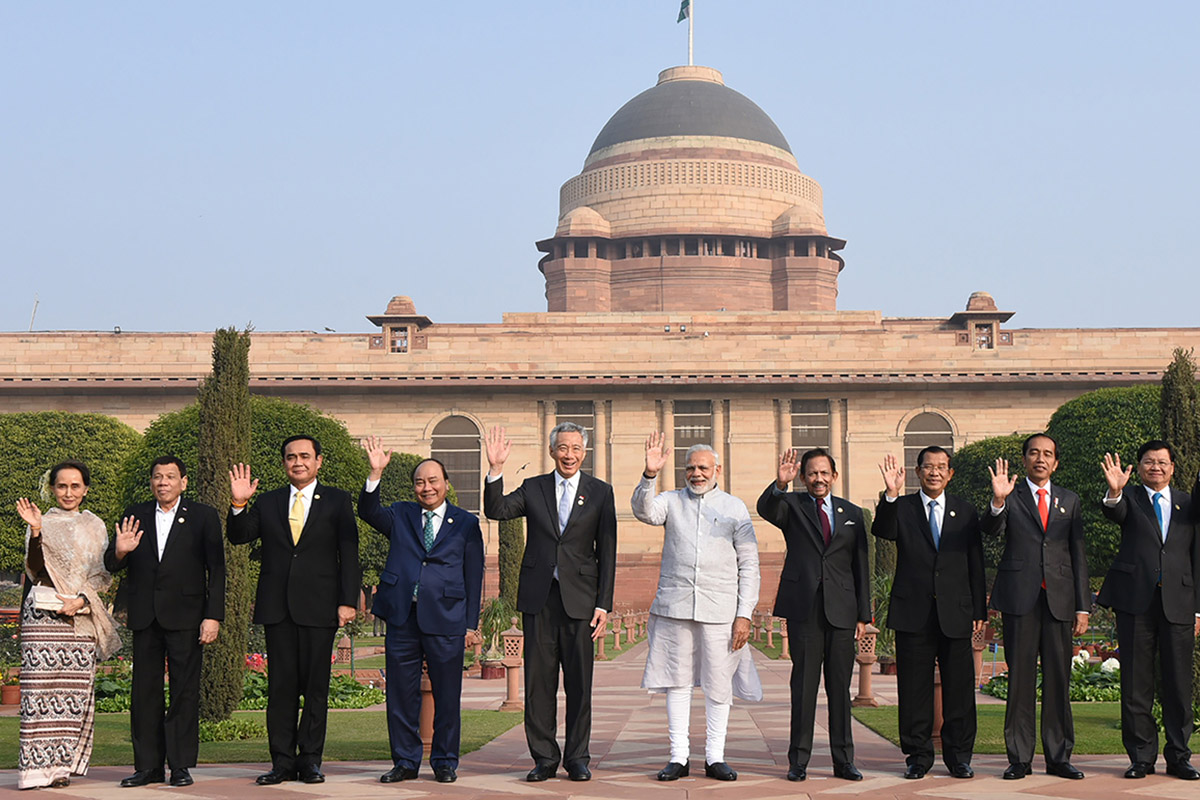India’s rapid economic development is fuelling rising energy demand in the country. A recent report by financial holding company Nomura reveals that India’s gross domestic product (GDP) is expected to show a 7.7 percent growth in the first quarter of the year, exceeding projections stated in other similar reports. Despite industrial output falling to a five-month low in March, it is possible that India will likely record a growth rate greater than the seven percent figure predicted by the World Bank in January.
As economic activity intensifies, energy demand will see a spike. With one of the largest populations in the world, India is the fourth-largest consumer of energy globally, behind the United States (US), China and Russia. According to the 2016 British Petroleum (BP) energy outlook, energy demand in India is set to soar at a rate of 4.2 percent per annum into 2035 – faster than other major economies in the world.
In order to sustain its economic growth, India must be able to adequately meet these rising energy demands. At the moment, hydrocarbons are the main source of energy for the country. This fact was reiterated by Ajay Sawhney, additional secretary for the Ministry of Petroleum and Natural Gas, who added that hydrocarbons are set to remain an important source of energy on the subcontinent for decades to come.
The country is currently sitting on an estimated 54 trillion cubic feet of proven natural gas reserves and 96 trillion cubic feet of shale gas reserves. However, India still remains a net importer of crude oil. To overcome this, the Indian government has launched a two-pronged response via its Make In India initiative.

Source: Make In India
The first initiative is to offer foreign investment opportunities for oil and gas exploration to tap into untouched hydrocarbon reserves. The government is also currently looking at extending the country’s gas pipelines for another 15,000 km in a bid to enhance oil security. Besides that, it also aims to boost investment in its refineries as India is a net exporter of petroleum products.
The government’s second thrust is to develop homegrown renewable energy sources, which are vital to accommodating growing electricity demand in the country. Renewables currently contribute 14.7 percent of the total installed capacity in India, and Modi’s government is bent on achieving the ambitious target of 175 gigawatts (GW) of renewable power by 2022.
Southeast Asia’s role
Southeast Asia is home to some of the largest players in the international oil and gas sector such as Malaysia’s Petronas, Indonesia’s Pertamina and Thailand’s PTT. The renewable energy sector is also booming with large conglomerates such as Thailand’s B. Grimm Power and the Philippines’ UPC Renewables investing in large projects across the region.
Oil-exporting member states like Thailand, Malaysia and Indonesia are all well experienced in the sector and should seize this opportunity to invest in hydrocarbon exploration and production in India. Meanwhile, countries like Singapore and the Philippines are hubs for private and state entities which have heavily invested in domestic solar and wind power generation, respectively. Herein lies an opportunity to expand their investment outlooks.
From a government-to-government point of view, there is much for ASEAN to take away from India’s invitation for them to invest in its energy sector. India offers plenty of foreign direct investment (FDI) opportunities in the energy sector under the automatic route, where FDI is permitted without prior approval from the Indian government or its central bank.
Furthermore, the ASEAN-India Ministerial Meeting on Cooperation in Renewable Energy was held for the first time last year. That meeting showed that India and ASEAN share similar goals in terms of clean energy, and as such, increased cooperation would be greatly beneficial to both parties. ASEAN could help India reach its target of 175 gigawatts (GW) of renewable power by 2022 through investments, while India could help ASEAN to further develop its renewable energy infrastructure.
